
Caring for Newly Planted Trees
Planting or transplanting a tree is a significant step towards enhancing your landscape, but the success of this endeavour largely depends on the care provided during the first few years. This comprehensive guide will help ensure your newly planted or transplanted tree thrives.
Watering Newly Planted Trees
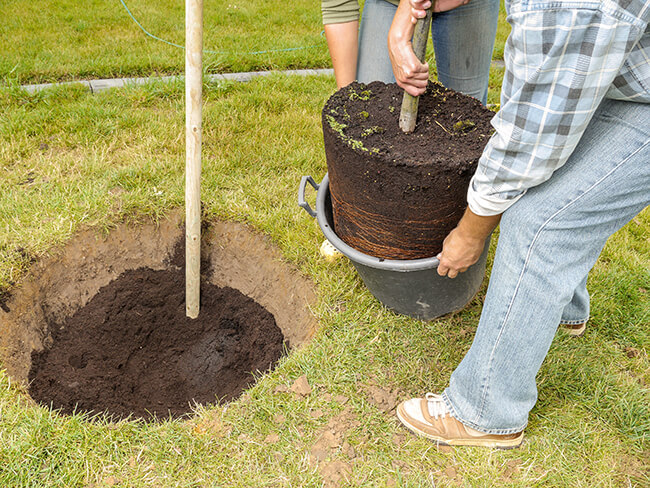 Initial Watering: Immediately after planting or transplanting, water the tree thoroughly. This helps settle the soil and eliminate air pockets around the roots.
Initial Watering: Immediately after planting or transplanting, water the tree thoroughly. This helps settle the soil and eliminate air pockets around the roots.- Establishing a Routine: For the first few weeks, water the tree every 2-3 days. Gradually reduce the frequency to once a week after the tree has started to establish itself (about 6-8 weeks).
- Water Quantity: Ensure deep watering, which means the water should reach the tree’s root zone (about 12-18 inches deep). Depending on the size of the tree, 10-15 gallons of water per watering session may be needed.
- Mulching: Apply a 2-4 inch layer of mulch around the base of the tree, keeping it a few inches away from the trunk. Mulch helps retain moisture and regulates soil temperature.
Fertilizing Newly Planted Trees
 When to Fertilize: Avoid fertilizing immediately after planting. Wait until the tree shows signs of new growth, which indicates it has begun to establish its roots.
When to Fertilize: Avoid fertilizing immediately after planting. Wait until the tree shows signs of new growth, which indicates it has begun to establish its roots.- Type of Fertilizer: We prefer fertilizer spikes which are balanced and slow-release, and are inserted into the soil around the drip line, which eliminates risk of burning the grass surrounding the tree. Organic compost or well-decomposed manure can also be beneficial.
- How to Apply: Stake about 4 fertilizer spikes, evenly spaced, in the soil under the tree canopy.
Protection from Wind
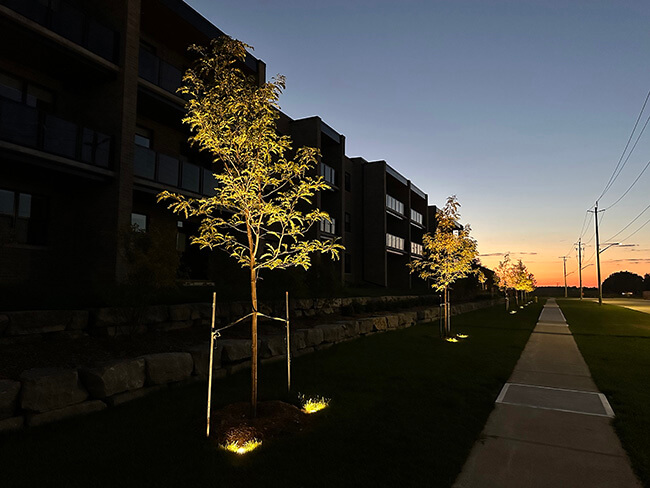 Staking: Young trees may need to be staked to protect them from strong winds, especially in exposed areas. Use flexible tree ties that allow some movement, promoting a stronger trunk.
Staking: Young trees may need to be staked to protect them from strong winds, especially in exposed areas. Use flexible tree ties that allow some movement, promoting a stronger trunk.- Placement of Stakes: Smaller trees typically only require one stake. Place stake outside the root ball, angled outward, on the side of prevailing winds and tie the tree loosely. If staking a larger tree, add a second stake opposite the first one. Remove stakes after one growing season to prevent girdling and to encourage independent growth.
Protection from Standing Water
While improving drainage by amending the soil and/or raising the planting site can improve the immediate area, it will not help the tree in the long run. Once the tree is established and the roots grow beyond the amended area, they’ll be exposed to the poor draining characteristics of the overall site. It’s best to avoid areas with poor drainage, and opt instead for spots with more tree-friendly soil conditions.
Protection from Frost and Snow
 Frost Protection: In areas prone to frost, new evergreens should be wrapped with burlap, but this is only necessary for their first winter. Young deciduous trees do not need to be wrapped unless they are not extremely hardy for your zone.
Frost Protection: In areas prone to frost, new evergreens should be wrapped with burlap, but this is only necessary for their first winter. Young deciduous trees do not need to be wrapped unless they are not extremely hardy for your zone.- Mulching for Insulation: Mulch not only retains moisture but also insulates the roots from extreme cold. Apply mulch before the first hard freeze and replenish as needed throughout the winter.
- Snow and Ice Removal: Gently brush off snow from the branches to prevent them from breaking. Avoid using salt-based deicers near trees, as salt can damage the roots and soil structure.
Monitoring and Maintenance
- Regular Inspections: Check the tree regularly for signs of stress, such as wilting, discoloration, or pests. Address any issues promptly to prevent long-term damage.
- Pruning: Prune any dead, damaged, or diseased branches to promote healthy growth. Avoid heavy pruning in the first year after planting to allow the tree to establish itself.
- Pest and Disease Control: Monitor for pests and diseases, and treat as necessary. Organic and biological controls should be used according to the severity of the problem and the tree species. Chemical pest controls are not permitted for use in Ontario.
Caring for Newly Planted Trees Long Term
- Ongoing Watering and Fertilization: Continue to water the tree during dry spells, even after it has become established. Fertilize annually, for the first five years. After that, roots are so deep that standard fertilization strategies will not impact the deep roots. If you do suspect that your tree requires fertilization, we recommend contacting a company that specializes in deep root fertilization.
- Seasonal Adjustments: Adapt your care routine to seasonal changes. For example, reduce watering in the fall as the tree prepares for dormancy, and resume regular watering in the spring.
Proper care during the first few years of a tree’s life sets the foundation for a healthy, long-lasting addition to your landscape. By following these guidelines, you can ensure your tree grows strong and resilient, contributing to the beauty and health of your environment for years to come. If you’d prefer to have assistance with tree selection and planting, contact us.

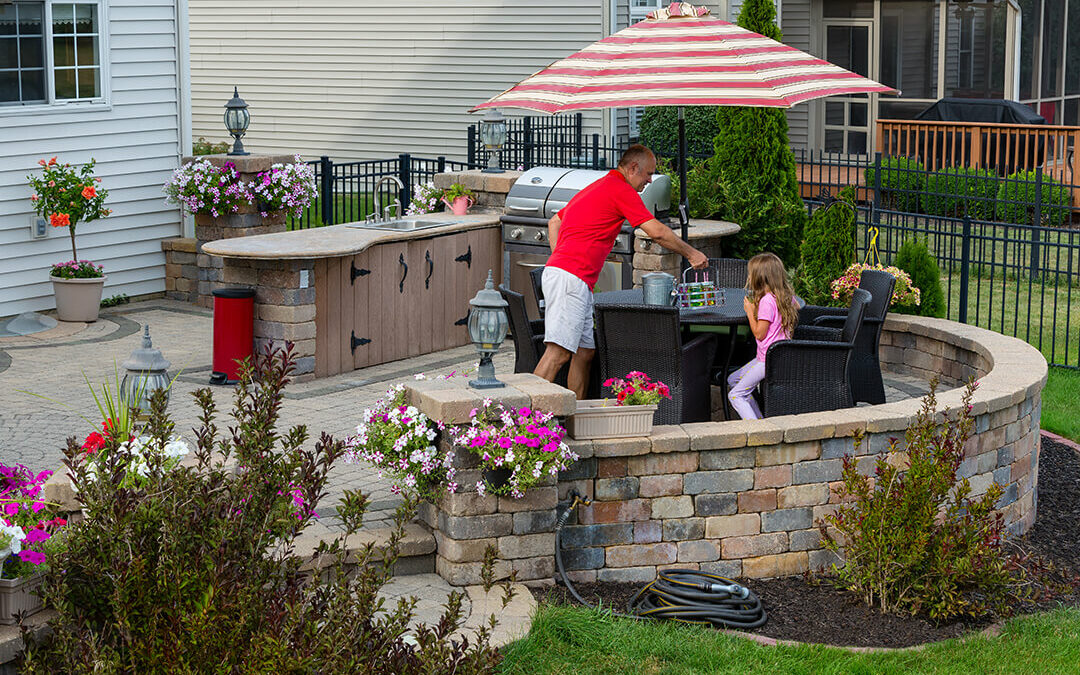
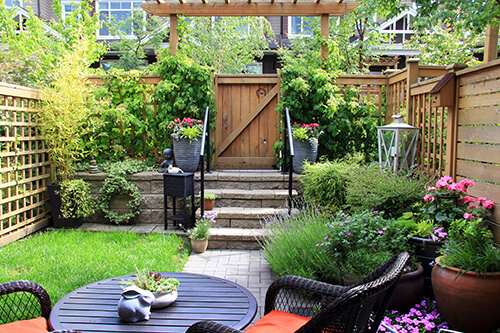 Before you start any landscaping project, it’s crucial to understand what you want from your yard. Consider the following questions:
Before you start any landscaping project, it’s crucial to understand what you want from your yard. Consider the following questions: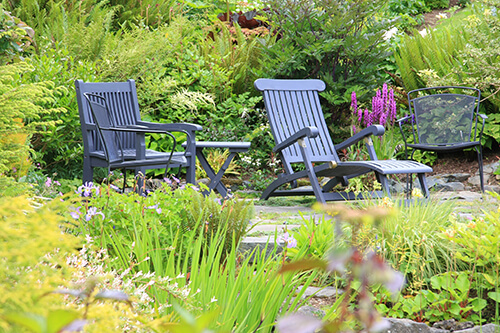 Divide your yard into functional zones based on your identified needs. For example:
Divide your yard into functional zones based on your identified needs. For example: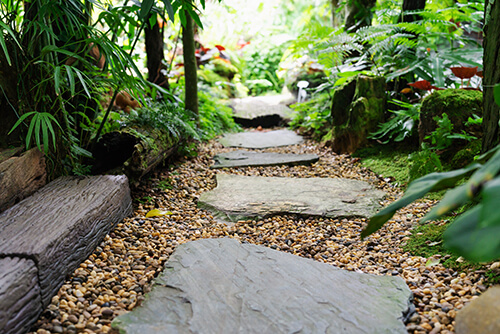 Pathways are essential for navigating your yard comfortably and safely. They connect different zones and add structure to your landscape. Choose materials that complement your yard’s style, such as
Pathways are essential for navigating your yard comfortably and safely. They connect different zones and add structure to your landscape. Choose materials that complement your yard’s style, such as 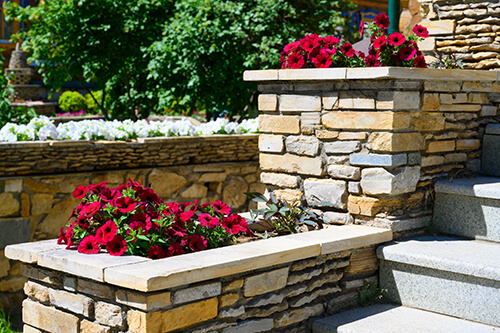 Opt for landscaping elements that serve multiple purposes to make the most of your space. Some examples include:
Opt for landscaping elements that serve multiple purposes to make the most of your space. Some examples include: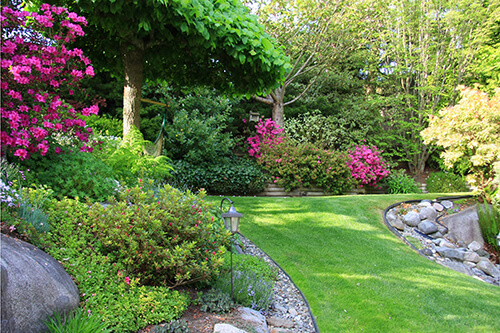 Low-maintenance landscaping
Low-maintenance landscaping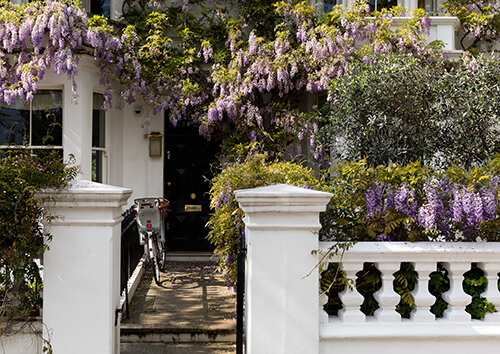

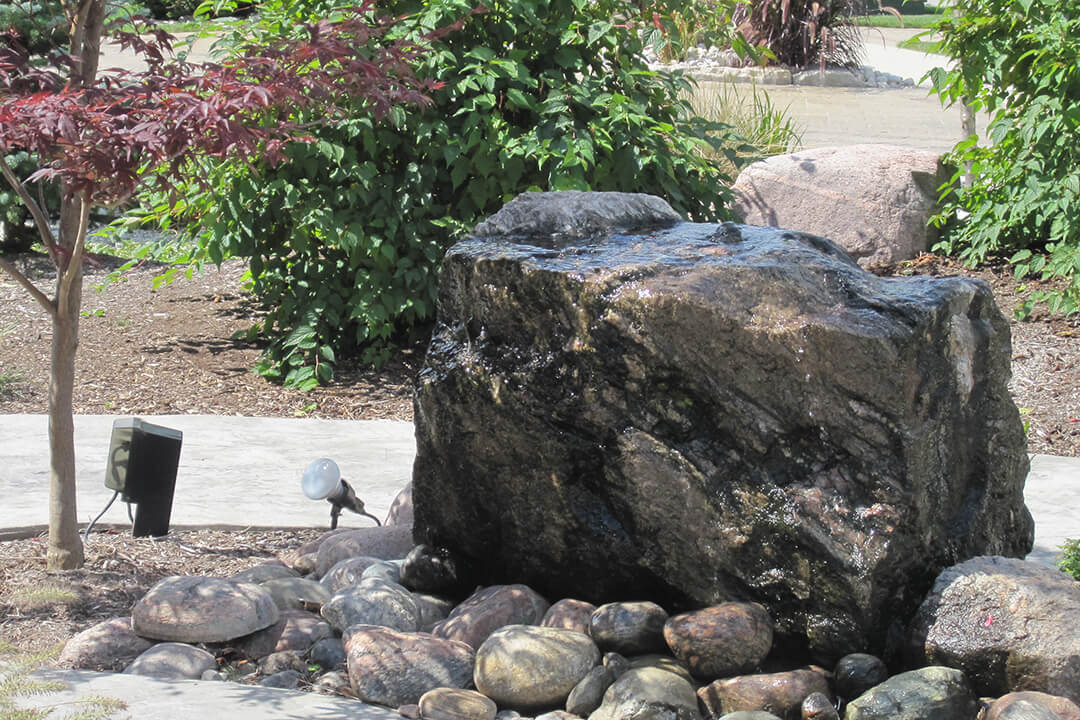 Aesthetic Appeal: Bubbling rocks add a focal point to your garden,
Aesthetic Appeal: Bubbling rocks add a focal point to your garden,  One of the lesser-known benefits of bubbling rocks is their ability to attract beneficial insects, particularly bees and butterflies. These creatures are vital for pollination, and their presence can significantly enhance the health and vibrancy of your garden.
One of the lesser-known benefits of bubbling rocks is their ability to attract beneficial insects, particularly bees and butterflies. These creatures are vital for pollination, and their presence can significantly enhance the health and vibrancy of your garden.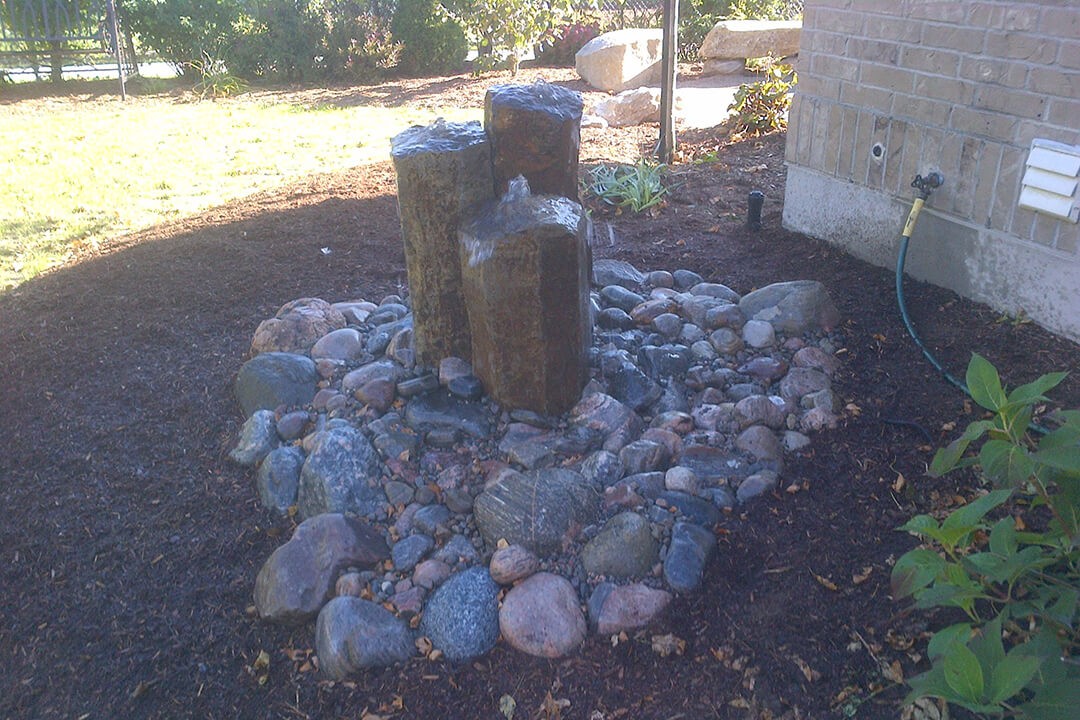 To keep your bubbling rocks functioning optimally and to maintain their visual appeal, regular maintenance is essential. Here are some tips to ensure your water feature remains in top condition:
To keep your bubbling rocks functioning optimally and to maintain their visual appeal, regular maintenance is essential. Here are some tips to ensure your water feature remains in top condition: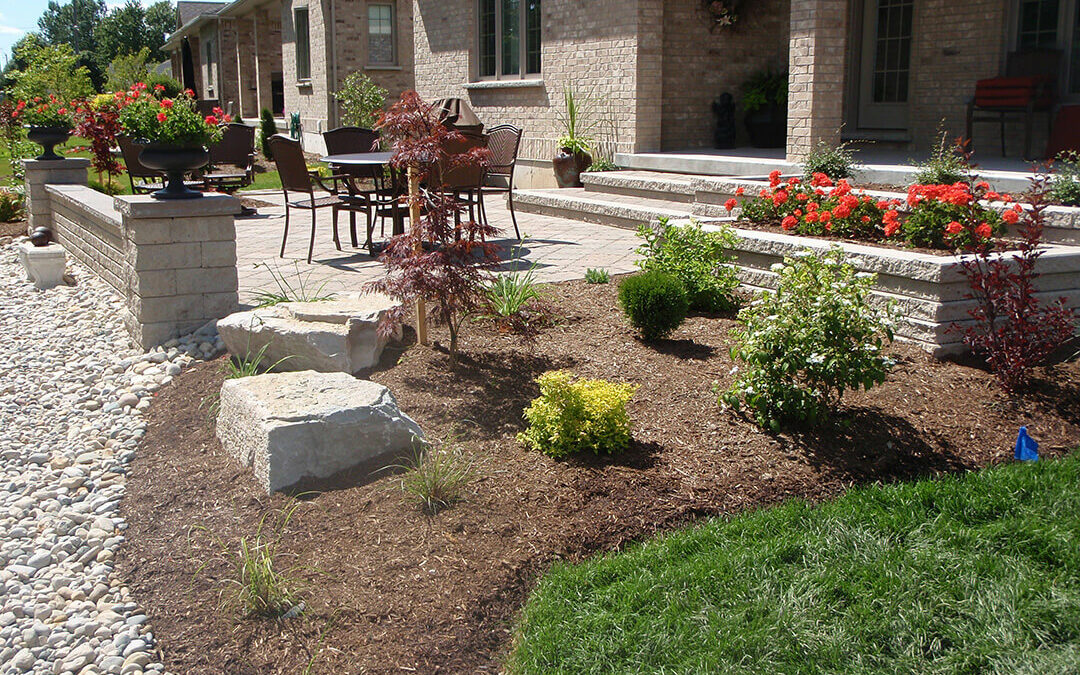
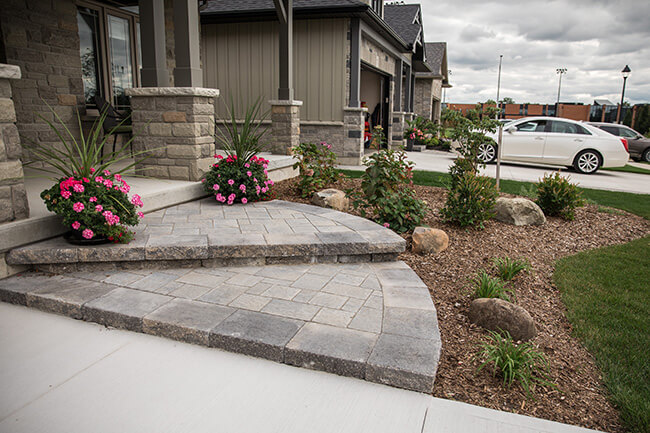 Hardscaping – the art of landscaping with non-living elements – adds structure, functionality, and aesthetic appeal to outdoor spaces. Doing the job right requires an understanding of the principles of hardscaping, careful planning, and attention to detail.
Hardscaping – the art of landscaping with non-living elements – adds structure, functionality, and aesthetic appeal to outdoor spaces. Doing the job right requires an understanding of the principles of hardscaping, careful planning, and attention to detail.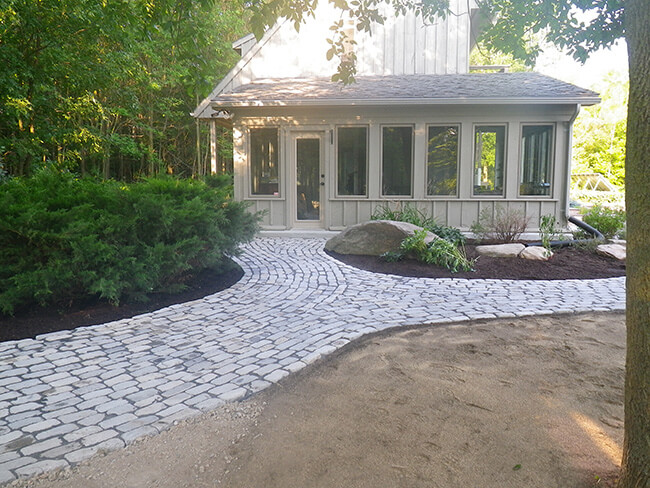 Functionality
Functionality Our designs achieve visual balance by distributing hardscape elements evenly throughout the space. Balance is achieved through symmetry, asymmetry, or radial patterns, depending on the desired aesthetic.
Our designs achieve visual balance by distributing hardscape elements evenly throughout the space. Balance is achieved through symmetry, asymmetry, or radial patterns, depending on the desired aesthetic.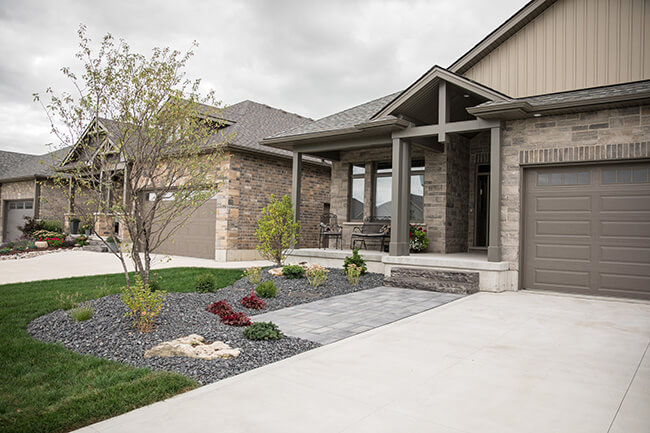 The first step is an evaluation of the site to identify existing features, such as slopes, drainage patterns, and utility lines, that may impact the hardscaping design. Factors like sun exposure, soil conditions, and access points will impact the layout.
The first step is an evaluation of the site to identify existing features, such as slopes, drainage patterns, and utility lines, that may impact the hardscaping design. Factors like sun exposure, soil conditions, and access points will impact the layout. When the planning is complete, we begin preparing the site by clearing vegetation, grading the terrain, and addressing any drainage issues. Hardscaping projects require a sturdy base, such as crushed stone or gravel, to provide a stable foundation for hardscape features like patios and pathways.
When the planning is complete, we begin preparing the site by clearing vegetation, grading the terrain, and addressing any drainage issues. Hardscaping projects require a sturdy base, such as crushed stone or gravel, to provide a stable foundation for hardscape features like patios and pathways.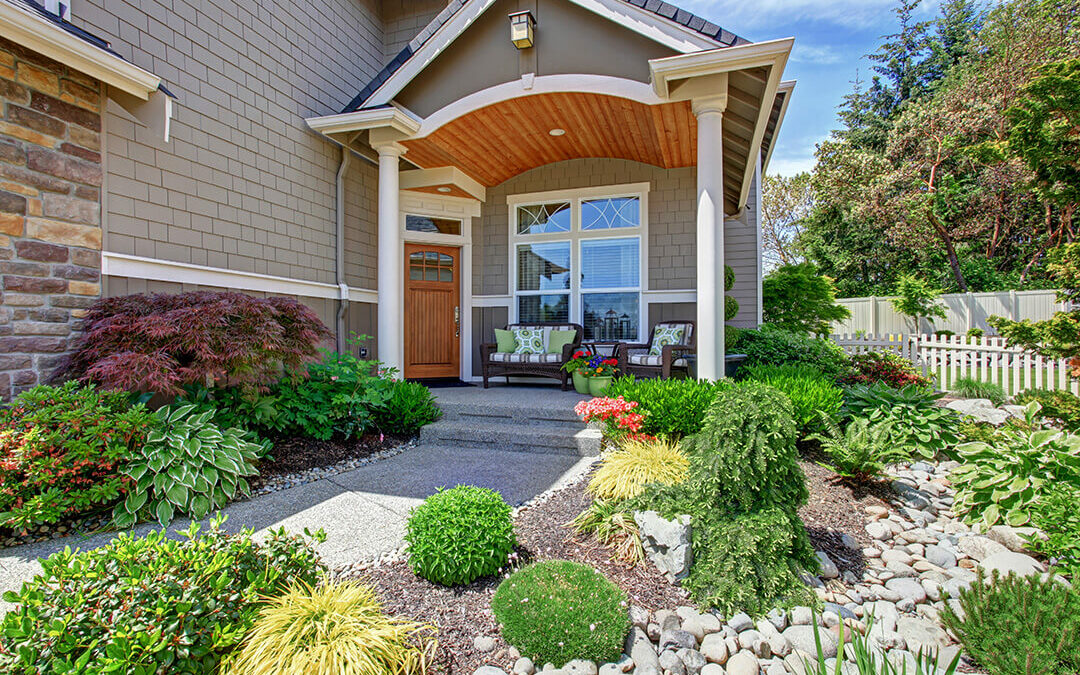
 Japanese Maple
Japanese Maple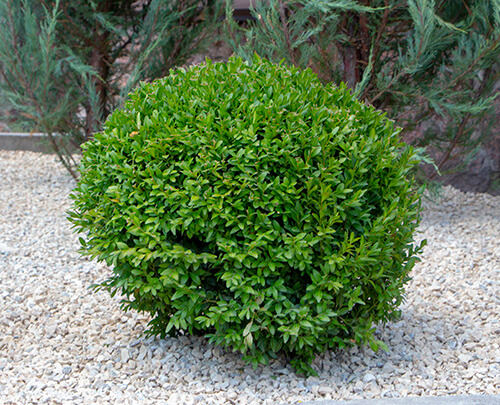 Boxwood
Boxwood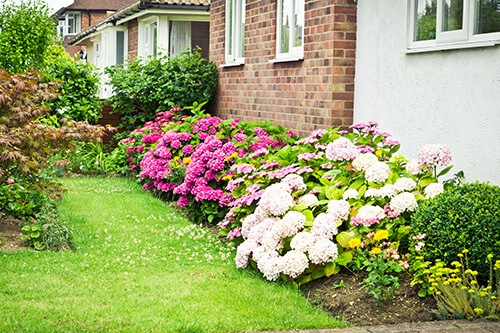 Rhododendrons and Azaleas
Rhododendrons and Azaleas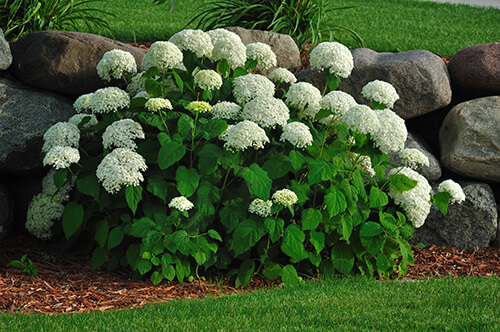 Compact Hydrangea
Compact Hydrangea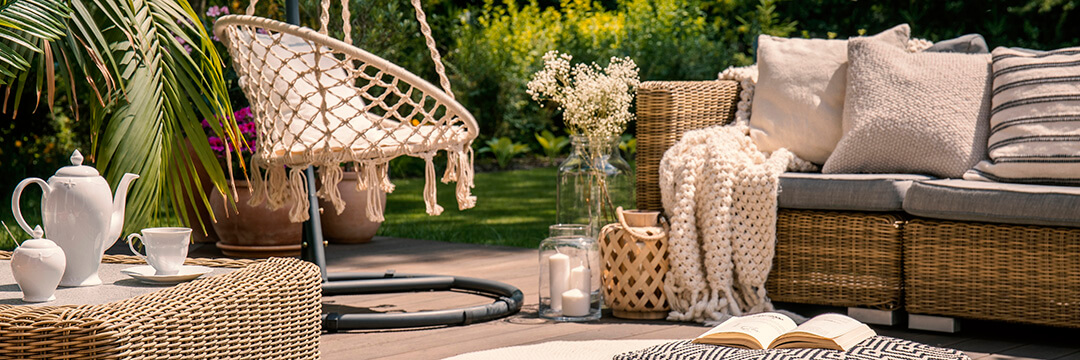
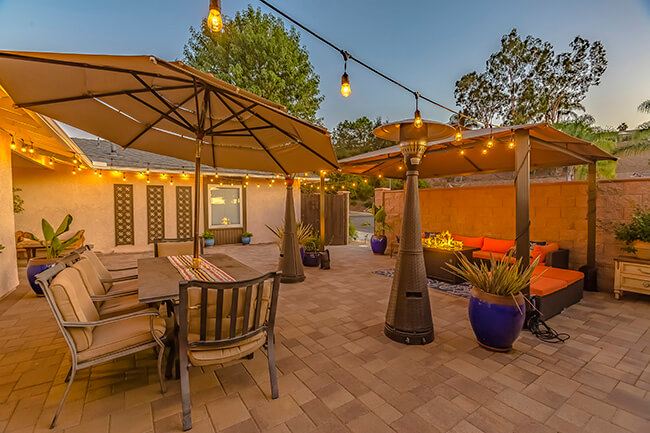 The concept of outdoor spaces as extensions of our homes gained immense popularity during the pandemic and is set to remain a staple in landscaping. Outdoor living rooms equipped with comfortable seating, weather-resistant furniture, and even fully functional kitchens have become the new norm. People are realizing that their gardens or backyards can serve as a retreat for relaxation, entertainment, and remote work.
The concept of outdoor spaces as extensions of our homes gained immense popularity during the pandemic and is set to remain a staple in landscaping. Outdoor living rooms equipped with comfortable seating, weather-resistant furniture, and even fully functional kitchens have become the new norm. People are realizing that their gardens or backyards can serve as a retreat for relaxation, entertainment, and remote work.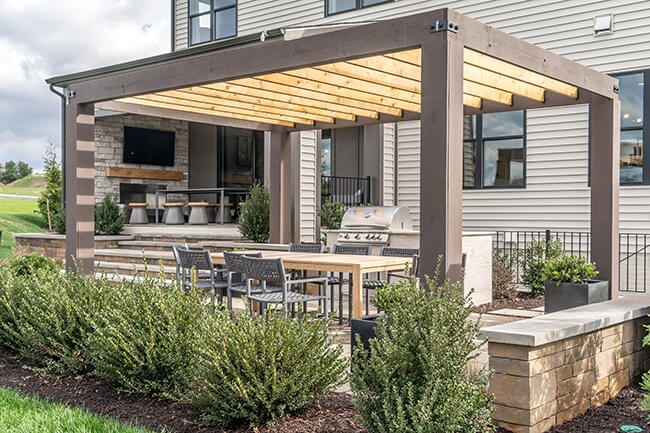
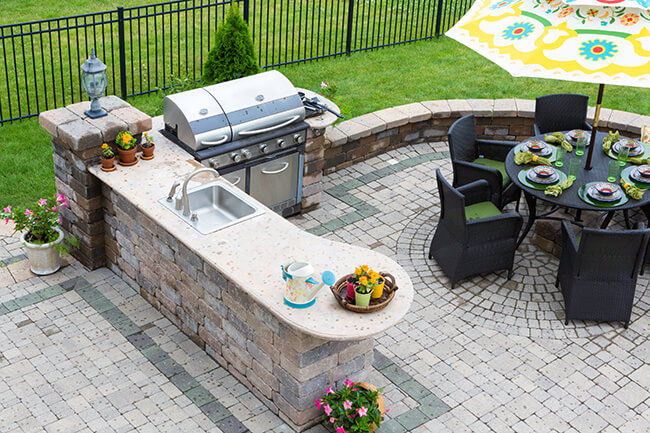 Remote work arrangements prompted a need for adaptable workspaces, and outdoor settings proved to be both refreshing and conducive to productivity. As hybrid work models persist, the integration of outdoor workspaces—whether it’s a shaded patio corner or a garden gazebo—will remain relevant.
Remote work arrangements prompted a need for adaptable workspaces, and outdoor settings proved to be both refreshing and conducive to productivity. As hybrid work models persist, the integration of outdoor workspaces—whether it’s a shaded patio corner or a garden gazebo—will remain relevant.